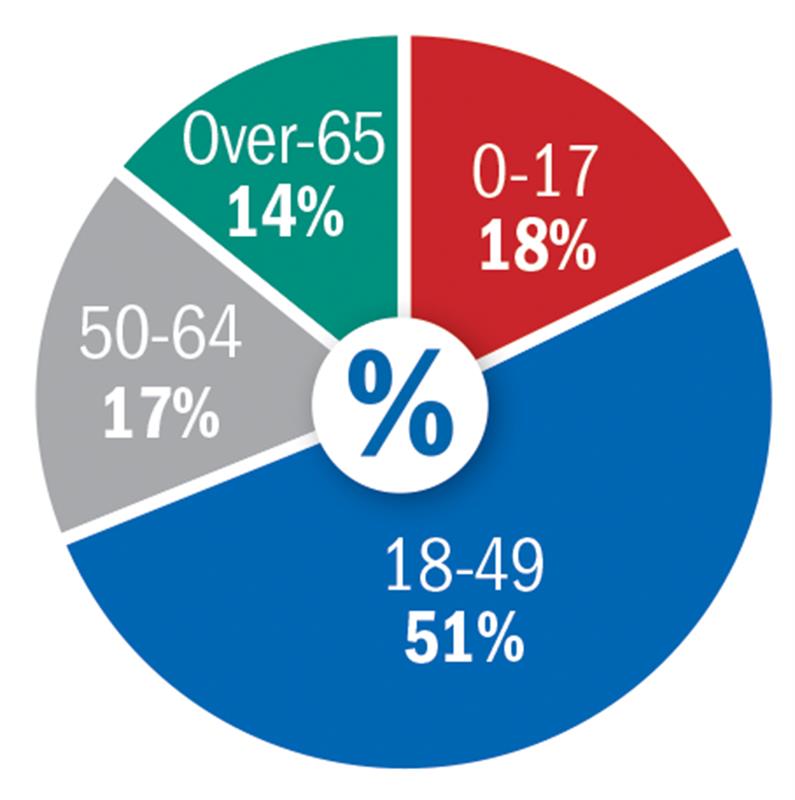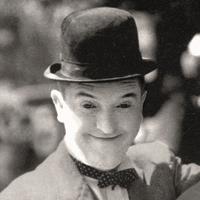With the NHS funded eye tests in Scotland, practitioners in Glasgow are seeing the fruits of regular clinical contact with long-term patients as dispenses tinkle back out the shop door.
Director of independent practice Currie & Quirk, in the affluent west end, Gordon Quirk says: ‘Local optics has changed quite dramatically over the past 10 years, private eye exams only make up 20% of appointments. The introduction of fully funded NHS eye examinations in Scotland has developed its practices into the first point of call for any eye conditions or concerns, rather than the GP or local hospital eye department.
‘This means that we often see patients more regularly than their recommended recall dates. Increasing numbers of staff in the area have acquired IP-prescription registration which has, in effect, made practices around Scotland a one-stop-shop for any eye care requirements.’
Serving a diverse urban community with an identity stemming from hard graft dock-work, trade and shipbuilding on the River Clyde, Glasgow practitioners provide style options to middle-class patients who have grown up in the city – home to a successful indie music scene, plus the national opera, ballet and theatre institutions.
Currie & Quirk offers a wide range of non-branded frames, but designer brands still lead the way in terms of numbers dispensed. ‘Standard contact lenses are still as popular with the younger age groups, who also find stylish frames to wear as an alternative. Sports frames and lenses are popular among cyclists, tennis and golf players. We continue to fit a large number of modern varifocals contact lenses to our middle aged group of patients,’ Quirk says.
Optometrist and director at the Specsavers Glasgow superstore, David Quigley, adds: ‘As the most popular shopping destination in Scotland, Glasgow is a big fashion centre. A great selection of fashionable frames is very important. We see huge numbers of contact lens wearers at both stores in the city.’
The largest of two Specsavers stores in Glasgow spans 9,000 feet on one of the oldest streets in the city, Trongate Road. Quigley says the nearby Glasgow Caledonian University is a rich source of optometry and dispensing graduates.
‘Virtually all of our optometrists have worked for us part-time since their first or second year of university. We take at least two pre-reg optometrists and two pre-reg dispensing opticians every year,’ adds Quigley.
Graham Freeman, an optometrist at Black & Lizars in Glasgow, tells Optician the care system in Scotland varies from region to region.
He says: ‘Speaking for Glasgow, it’s very effective. We triage patients before referring on to a hospital if necessary. In turn this cuts down waiting lists, reduces the numbers presenting at the acute referral clinic and gives the optometrist more experience in managing patients. It does increase the volume of patients seen in practice during the day but I believe this is a more effective way of managing patients and better for the NHS overall.’
Who's in town
Total: 22
Independents: 15
Multiples: 7
Average costs
Eye examination costs are covered by the Scottish government NHS budget. Stand-alone private eye exams are charged at the same rate as the NHS fee for their age group. Extra charges for enhanced services are available at costs decided by the service provider.
Population

Glasgow population: 596,550 (2011 Census)
Community eye care
NHS Greater Glasgow and Clyde uses the SCI online referral gateway. Extended primary care contracts have also been acquired by practices.
Health and affluence
- The average house price in Glasgow City Centre is £136,141 (Rightmove, 2016), compared with an average of £162,129 for Scotland (Land Registry, 2016).
- NHS expenditure on vision problems per person is £74, compared with the Scottish average of £89 (RNIB Sight Loss Data Tool 2015).
- 20,360 patients have early stage wet AMD, 3,150 with late stage wet AMD, 1,550 with late stage dry AMD (RNIB).
- 4,720 patients in the city have cataract, 5,450 have been diagnosed with glaucoma, 12,210 have diabetic retinopathy (RNIB).
Fun facts

- The Daily Mirror in 1982 published the earliest reference to a head-butt as ‘the Glasgow Kiss – a sharp whack on the nose with the forehead.’
- Britannia Panopticon, the oldest standing music hall in Britain, was the stage that 16-year-old Stan Laurel (pictured) made his stand-up debut.
- Glaswegian born inventor Charles Mackintosh developed the first waterproof fabric to be used to make raincoats.
- The West of Scotland Cricket Ground hosted the first international football tie in 1872 – Scotland vs England – a 0-0 draw in front of 4,000 fans.
